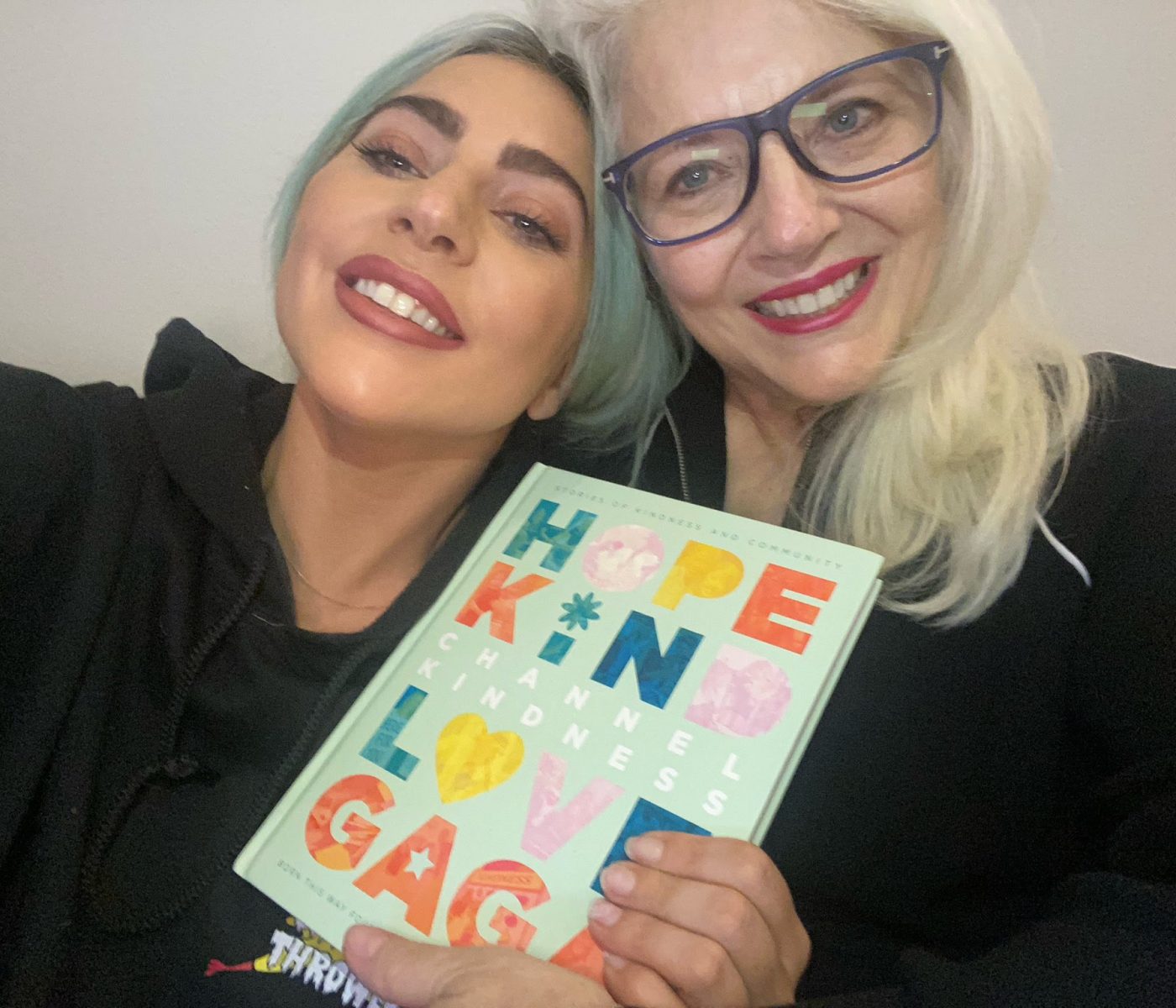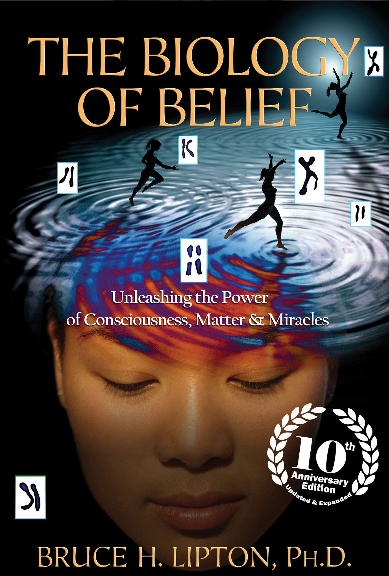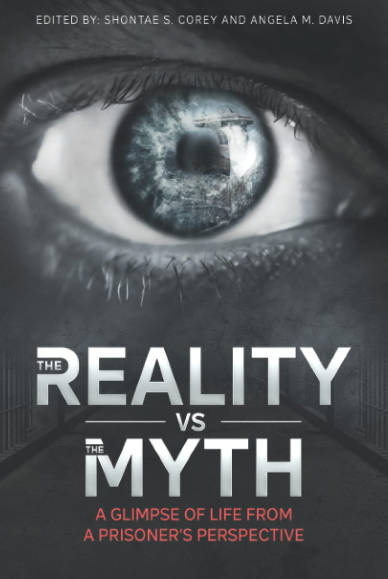By Scarlett Lewis, Chief Movement Officer, Choose Love Movement
May is Mental Health Awareness Month, and mental health challenges are more widespread than ever. Anxiety, depression, stress, and trauma affect people from all walks of life — but alongside this growing awareness comes a powerful movement of healing and hope. This week we are sharing a powerful technique called havening.
What Is Havening? A Gentle, Science-Based Healing Technique.
Havening uses soothing touch (like rubbing arms or hands), along with visualization and positive affirmations, to change how distressing memories are stored in the brain.
The Havening Techniques are a relatively new set of psycho-sensory tools that aim to reduce the impact of traumatic memories and emotional distress. Developed by Dr. Ronald Ruden, havening works by altering the brain’s neurochemical pathways. By stimulating delta brainwaves and reducing the amygdala’s reactivity (the brain’s fear center), individuals can reduce anxiety, stress, and even symptoms of PTSD.
Best of all, Havening is gentle, can be self-applied, and complements other therapies beautifully.
Havening is a psycho-sensory technique using gentle touch, positive distraction, and neuroplasticity principles to:
- Calm the nervous system
- Reduce the emotional charge of traumatic memories
- Build resilience and emotional regulation
Havening resources:
Podcast with Erika Neil and Veronica Bovenzi
Podcast with Dr. Kate Truitt
Scarlett Lewis sat down with Dr. Kate Truitt, neuroscientist, clinical psychologist, and global expert on the Havening Techniques, for the Choose Love Podcast to explore how science and love can work hand in hand to heal trauma and build emotional resilience. Watch on YouTube. LIsten on Audacy.
This conversation isn’t just informative — it’s transformational. It reminds us that healing is not only possible but accessible, and that Choosing Love is one of the most powerful decisions we can make for our mental health.
Highlights from the Conversation with Dr. Truitt
Here are a few key takeaways from this inspiring episode:
Healing Happens in Safety
Dr. Truitt shares how trauma leaves the brain on high alert — stuck in a loop of fear and survival. Havening helps shift the brain into a healing state by signaling that it’s safe to let go.
You Can Rewire Your Brain Through Love
Scarlett and Kate explore how love isn’t just an emotion — it’s a neurochemical experience. Acts of gratitude, forgiveness, and compassion can literally change your brain structure for the better.
Self-Havening Is Empowering
Dr. Truitt demonstrates simple self-Havening techniques anyone can do — gently rubbing arms or hands while repeating affirmations like “I am safe” or “I choose love.” These practices soothe the nervous system and promote emotional regulation.
This Is for Everyone
Scarlett and Dr. Truitt are both passionate about accessibility. You don’t need a diagnosis, a therapist, or expensive tools to start healing. You just need intention, a few minutes, and the courage to take the first step.
Try It Yourself: A Quick Self-Havening Practice
Place your hands gently on your arms and begin to stroke downward from your shoulders to your elbows in a calming rhythm.
As you do this, repeat:
“I am safe. I am loved. I choose love.”
Breathe slowly. Allow yourself to feel grounded and cared for.
A Simple Practice to Start Today
Here’s a short self-Havening practice you can try while reflecting on a core principle of the Choose Love Movement:
- Get Comfortable: Sit or lie down somewhere safe and quiet.
- Apply Havening Touch: Gently stroke your upper arms from shoulders to elbows, or your palms together, in a soothing motion.
- Repeat a Positive Affirmation: As you do the touch, say slowly, “I am safe. I am loved. I choose love.”
- Visualize a Peaceful Scene: Picture a place where you feel calm and safe — a beach, forest, or a moment with a loved one.
- Breathe Deeply: Inhale for 4 counts, hold for 4, exhale for 6. Repeat for a few cycles.
Do this for a few minutes, especially during times of stress, and you may be surprised at how quickly you feel calmer and more centered. With practice, this becomes a powerful tool for self-regulation and emotional resilience.
In a world where trauma and stress seem ever-present, tools like Havening and movements like Choose Love remind us that we do have a choice. We can Choose Love over fear. We can choose healing over hurt. And we can take practical steps every day to support our own mental health — and that of those around us.




















